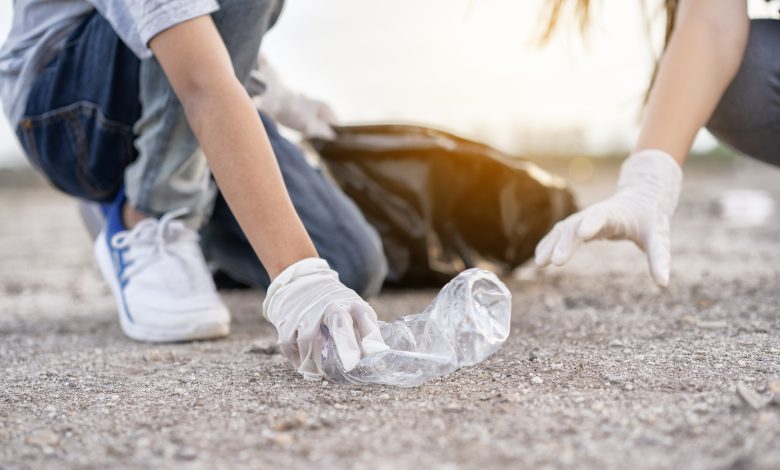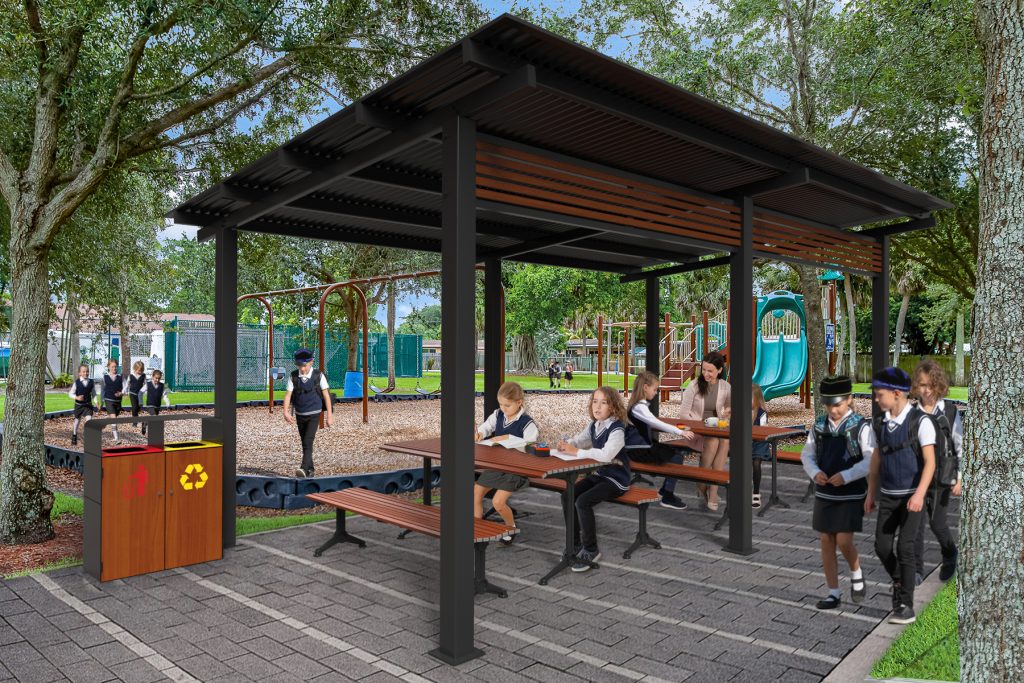Educating the next generation of eco warriors
Many practical steps can be made at school to model sustainable practices, and help students develop eco conscious habits

Schools have a significant part to play in environmental education, including in waste management.
Through leadership by example and explicit teaching, children can learn about environmental responsibility and form lifelong habits that help to minimise waste, reducing their overall environmental footprint.
Read the latest print edition of School News HERE
Explicit teaching
There are a number of sustainability programmes available for schools nation-wide. Each state has appropriate local providers that can tailor programmes to your school and context, and there are a range of related topics available to explore. Providers have linked their programmes to the national curriculum, and such programmes are also a great way to explore concepts such as citizenship, responsibility and community building.
Educators may also wish to introduce waste reduction topics into the classroom themselves in practical ways such as separating waste into landfill, recycling and organic waste, which normalises the process of waste management for children. Teachers and schools might also demonstrate and model eco-conscious consumption by utilising recycled materials in lessons and choosing products with low carbon footprints or ecofriendly aspects.
A school-wide philosophy
Waste management in the classroom should reflect wider school-practices. Schools should monitor their waste-systems and identify areas where refuse can be diverted from the landfill. This should extend beyond the obvious rubbish items, and the sustainability of furniture, whiteboards, appliances and other items should be considered.
Jaime Hallett from Sebel said considering a sustainable approach is important across all industries, as we all need to do our part for the future. “Sustainability is especially important in schools so students can understand the impact that they have on the environment. Teaching students at an early age that there are many ways to create a better future for them is essential.”

Modelling environmentally conscious behaviours to students is important. Ms Hallett said this should extend to choosing furniture items for schools, and disposing of them when they are no longer needed. “With sustainability becoming a growing requirement in many schools, it’s important to inquire with their suppliers who can help them work out the best option for them. Purchasing quality products that will last the test or time and will not need to be replaced often is a great way to be more sustainable and cost friendly for the school.
“There are many opportunities for schools to reduce environmental impact when disposing of their furniture,” Ms Hallett said. “By donating used, but still in good condition furniture, to other schools or groups in need they can reduce the waste that goes into landfill and extend the life of the product for another user. For plastics, some companies will offer a disposal service that includes recycling the product. This is another great option that can help with reducing environmental impact.”
Lindsay Stead from Astra Street Furniture said reducing waste with recycling should extend beyond everyday items, and include large items like furniture. “Recycling in furniture manufacturing refers to the process of taking used or discarded materials and transforming them into new furniture products. This can involve breaking down old furniture and repurposing its components, such as wood, metal, or fabric,” Mr Stead said.
“Recycling in furniture manufacturing can also involve using materials that have been recycled or repurposed. It may include reclaimed wood from old furniture pieces or recycled plastic from discarded products.
“The goal of recycling in furniture manufacturing is to reduce waste, conserve natural resources, and minimise the environmental impact of furniture production. By using recycled materials, furniture manufacturers create sustainable products that are both environmentally friendly and cost-effective.
“A product’s carbon footprint can be measured by considering recycled content, repurposing, lifecycle expectancy, carbon star rating and carbon content.”

What’s in the bin
An effective and well-established way to eliminate waste is to conduct a waste audit.
Schools may choose to get an external professional in to conduct a waste audit, or they may undertake one themselves. A waste audit generally involves collecting a representative, snapshot sample of the waste at your school which generates a data set that can be used to minimise waste. There are various online resources about how to conduct a waste audit. Schools wanting to teach students about waste management may choose to involve them.
Choosing an appropriate day and time to do a waste audit may be specific to your school’s needs and desired outcomes, and the frequency of waste audits. However, each presents a learning opportunity for students to learn about data collection as well as identifying which waste streams can be diverted.
For example, a waste audit may reveal a hotspot for certain kinds of refuse. Perhaps the bin beside the library has an overabundance of paper recycling. One waste solution could be as simple as installing the right kind of bin, like a paper recycling. Another simple initiative could be providing separated bins in key areas, or clear labelling to ensure the right items go into the right bins.
By doing a waste audit, schools can target areas where waste management can be made more efficient, sometimes with surprisingly low cost or effort. Subsequent waste audits can show progress, improvements or further areas of need. Simply providing the correct bins in the right places could be a huge benefit.
Another very easy method of diverting waste is to channel food waste into a circular system within the school, for the benefit of the community. This diverts waste from landfill and saves resources that would otherwise have turned into harmful greenhouse gas. Using food scraps to compost and grow food presents several learning opportunities for children. From the science of decomposition to the process of converting sunlight into energy, there are a myriad of learning opportunities to engage children in waste reduction, which benefits the planet both immediately and into the future.







